
CB Certification Testing Laboratory for Lighting Fixtures
Main Lighting Standards:
The safety requirements for lighting fixtures are mainly found in the iec 60598 series standards, which are widely adopted or modified by most countries.
The IEC 60598 series safety standards consist of two parts: general requirements and specific requirements. Part 1, *General Requirements*, stipULates the general safety requirements for lighting fixtures, while Part 2, *Specific Requirements*, sets out the safety standards for specific products. The "Specific Requirements" supplement or modify the corresponding clauses in the "General Requirements." For a particular type of lighting, its complete safety requirements are composed of both the *General Requirements* and the *Specific Requirements*.
IEC 60598-1 is the general safety standard for lighting fixtures, applying to tungsten lamps, tubular fluorescent lamps, and other gas discharge lamps with a power supply voltage not exceeding 1000V. This standard classifies lighting fixtures into Class I, Class II, and Class III based on protection against electric shock and uses type tests. It specifies requirements for various components such as wire tubes, lamp holders, terminal blocks, switches, insulating pads, Class II fixture insulation, electrical connections, current-carrying parts, sealing glands, mechanical strength, suspension and adjustment devices, drainage holes, anti-corrosion performance, and protective covers.
Safety Considerations:
Lighting safety is critical for every household. It plays a significant role in various aspects, including:
- Short circuit protection
- External wiring
- Power cable or cord connections
- Wire fixing beams
- Internal wiring
- Grounding regulations
- Shock protection
- Dust and moisture resistance tests
- Humidity tests
- Insulation resistance and dielectric strength
- Leakage current measurements
- Creepage distances and electrical clearance
The CB Scheme:
The CB Scheme is an international system established by the International Electrotechnical Commission (IEC) to promote the mutual recognition of electrical product safety test results across the globe.
By using the CB Scheme, manufacturers can obtain multiple national safety certifications through a single test, truly fulfilling multiple testing needs. Manufacturers with a CB certificate can significantly REDuce costs and time when applying for other certifications.
Key Steps in the cb certification System for Lighting:
1. Product Submission:
Manufacturers submit product samples to a cb testing laboratory to verify if they meet specific IEC standards and any technical requirements applicable to the certification country.
2. Testing:
The CB testing laboratory conducts product tests to assess compliance with relevant technical requirements. If the product meets all the requirements, the CB testing laboratory issues a cb test report and certificate to the manufacturer.
3. National Certification:
The manufacturer submits the sample, CB test report, and certificate to the national certification body of the relevant country to obtain national certification, proving that the product complies with national technical standards and is legally authorized for market entry.
CB Certification Standards for Lighting:
- Fixed General-purpose Luminaires: IEC 60598-2-1; IEC 60598-1
- Recessed Luminaires: IEC 60598-2-2; IEC 60598-1
- Street Lighting Luminaires: IEC 60598-2-3; IEC 60598-1
- Portable General-purpose Luminaires: IEC 60598-2-4; IEC 60598-1
- Floodlights: IEC 60598-2-5; IEC 60598-1
- Aquarium Lighting: IEC 60598-2-11; IEC 60598-1
- LED Drivers: IEC 61347-2-13; IEC 61347-1
- LED Modules: IEC 62031
- Self-ballasted LED Lamps: IEC 62560
- Lamp Tubes: IEC TR 62776
CB Certification Test Items:
1. Marking
2. Moisture Resistance
3. Ball Pressure
4. Needle Flame
5. Glow Wire
6. Shock Protection
7. Leakage Current
8. Wire Pull Strength
9. Ground Resistance
10. Leakage Tracking
11. Insulation Resistance and Dielectric Strength
CB Certification Document Checklist:
1. Nameplate
2. Model List
3. Trademark Declaration
4. Circuit Diagram
5. Instructions and Specifications
6. List of Key Components
Benefits of Applying for CB Certification:
1. Conversion to Foreign Certification:
With a cb test certificate and report, you can directly apply for certification in other countries. The certification body of the applicant country will review the CB test certificate and report (including reports on national differences). If the review is satisfactory, you can obtain the certification without additional tests, leading to faster processing and reduced costs.
2. Conversion to Chinese National Certification:
A Chinese national product certification report can be issued based on the CB test report and differential tests, enabling the acquisition of China's mandatory or voluntary electrical product certification.
3. Direct Recognition or Approval by Other Countries:
With a CB test certificate and report, your product can be directly exported to certain countries.
4. Saving Costs and Time:
Domestic companies applying for foreign certification can first obtain a CB test certificate in China, significantly reducing costs and saving on turnaround time for sample and document submissions.
5. Increased Confidence in Product Testing:
With a CB test certificate, most or all CB test results are recognized when applying for other countries' certifications. This can exempt or reduce additional sample testing, saving both time and money. Moreover, conducting CB testing domestically increases the likelihood of passing differential tests for foreign certifications.
Email:hello@jjrlab.com
Write your message here and send it to us
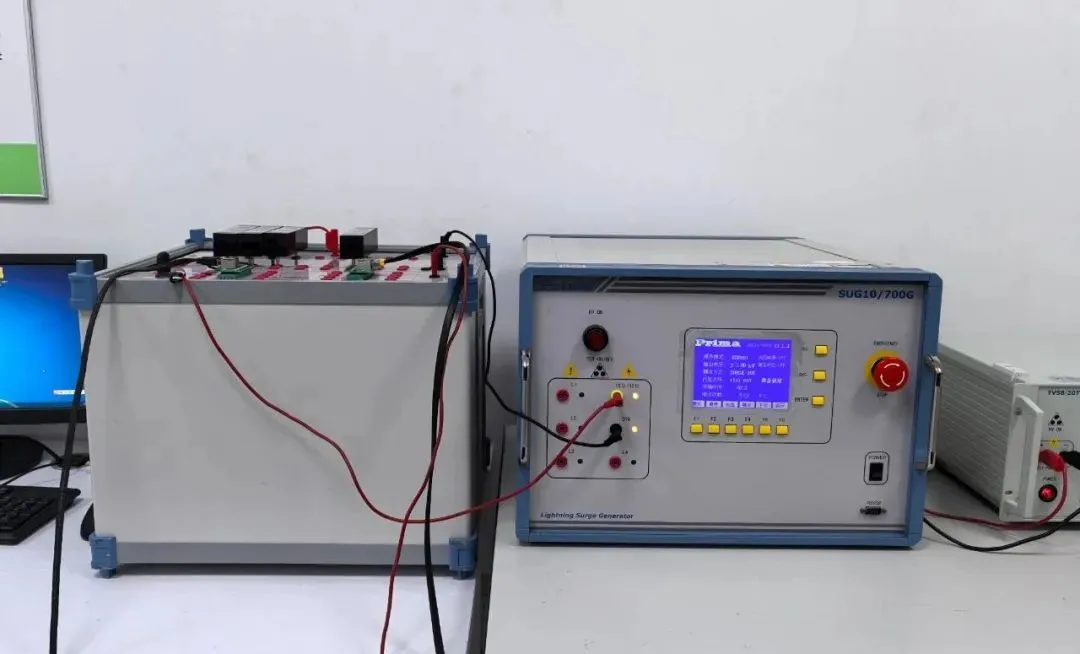 Mobile Batteries for Garments: Japan Compliance |
Mobile Batteries for Garments: Japan Compliance |
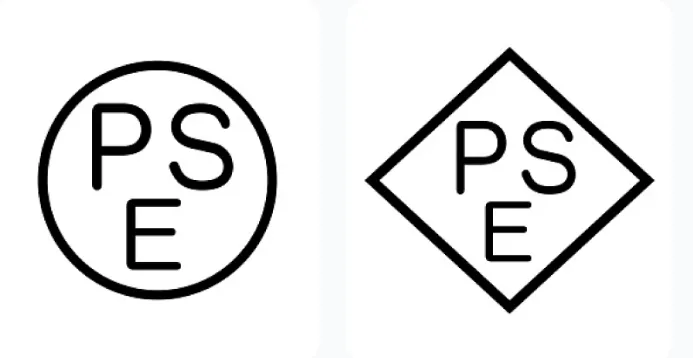 (FAQs) about Japan’s PSE Four Product Safety Laws
(FAQs) about Japan’s PSE Four Product Safety Laws
 FCC 47 CFR Part 2.1093 Radio Frequency Exposure Te
FCC 47 CFR Part 2.1093 Radio Frequency Exposure Te
 Compliance Testing for EU Food Contact Materials R
Compliance Testing for EU Food Contact Materials R
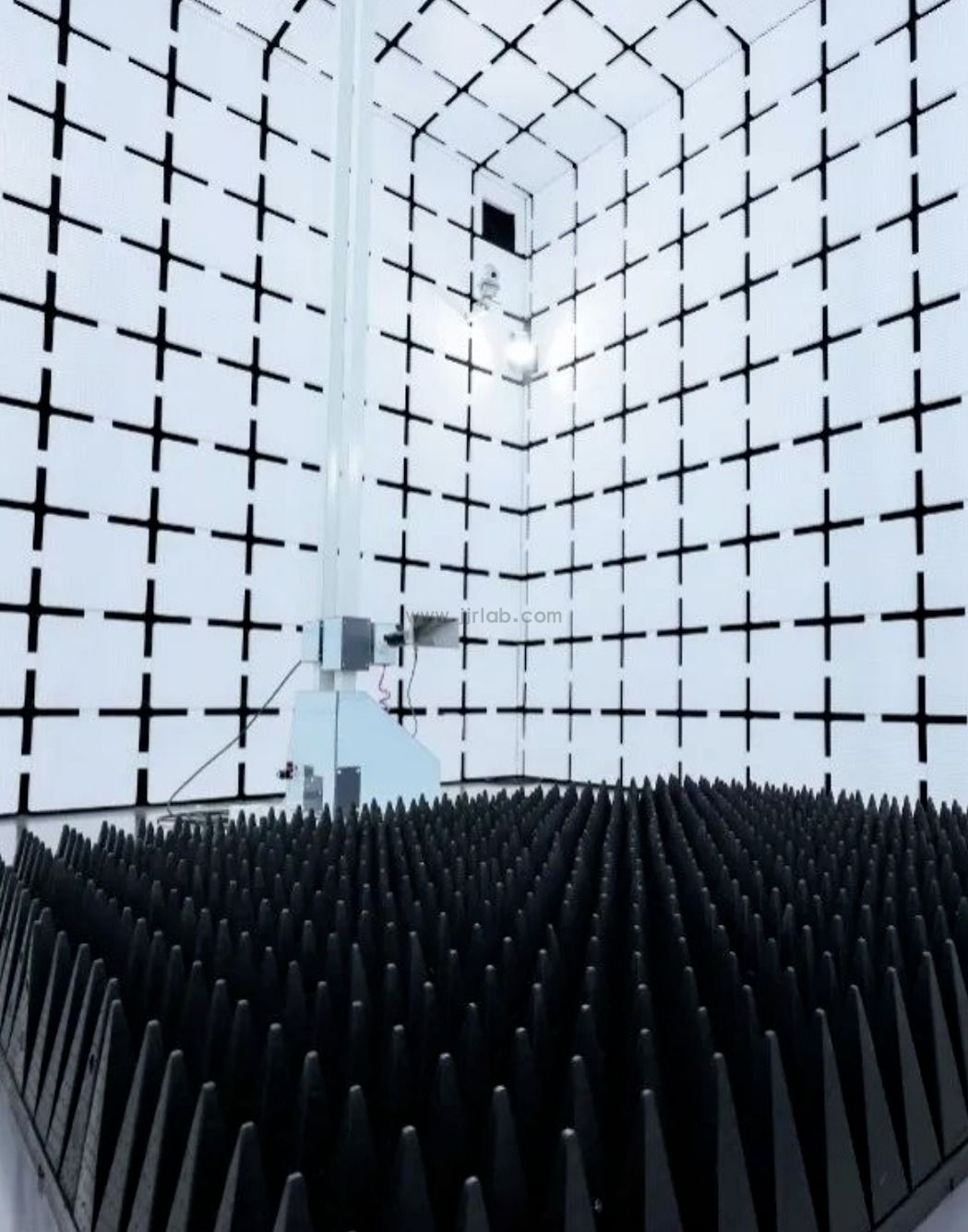 Compliance for Portable Power Supplies on Amazon U
Compliance for Portable Power Supplies on Amazon U
 Compliance for Portable Power Stations on Amazon E
Compliance for Portable Power Stations on Amazon E
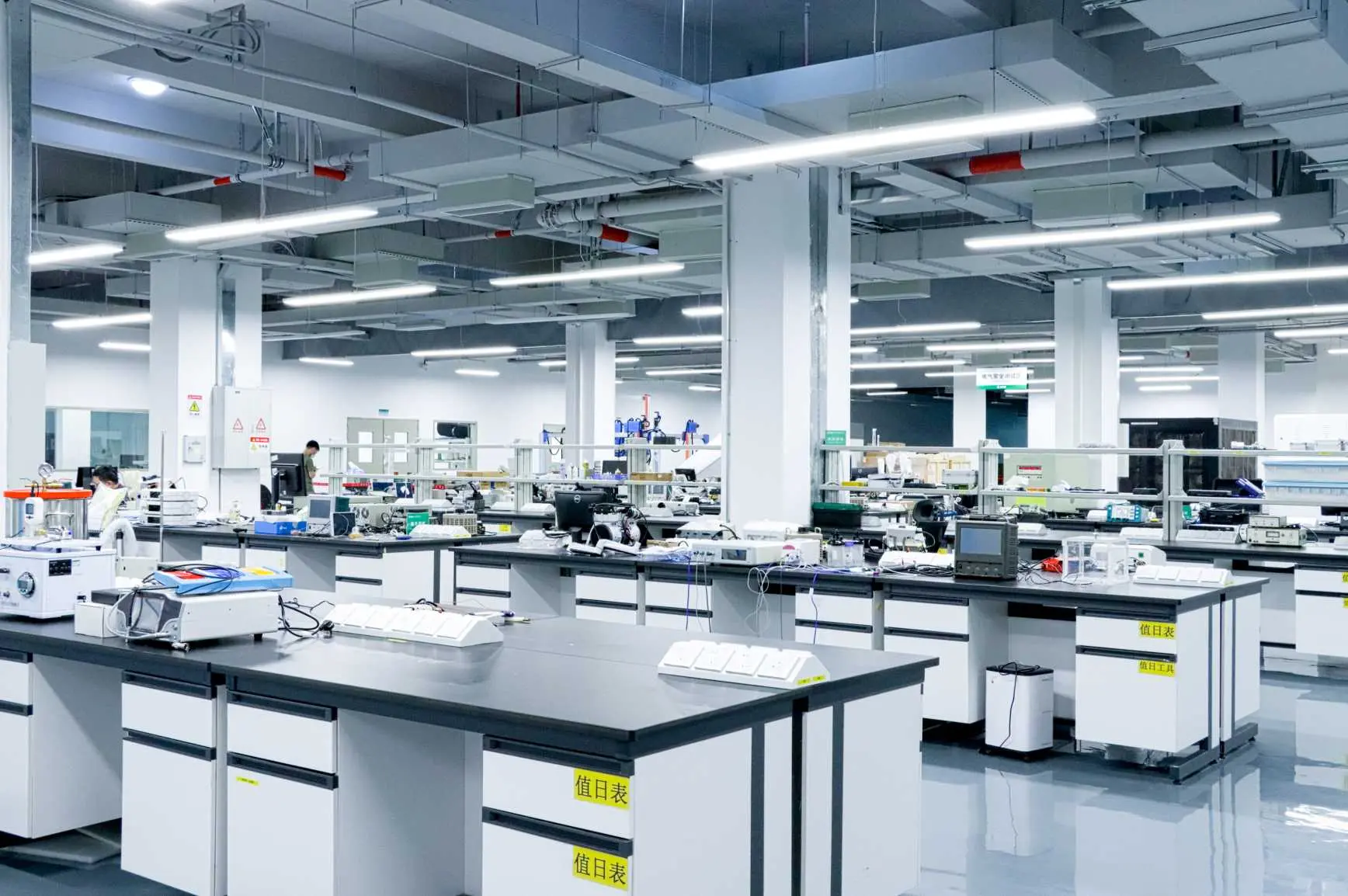 Compliance for Baby Feeding Products on Amazon Eur
Compliance for Baby Feeding Products on Amazon Eur
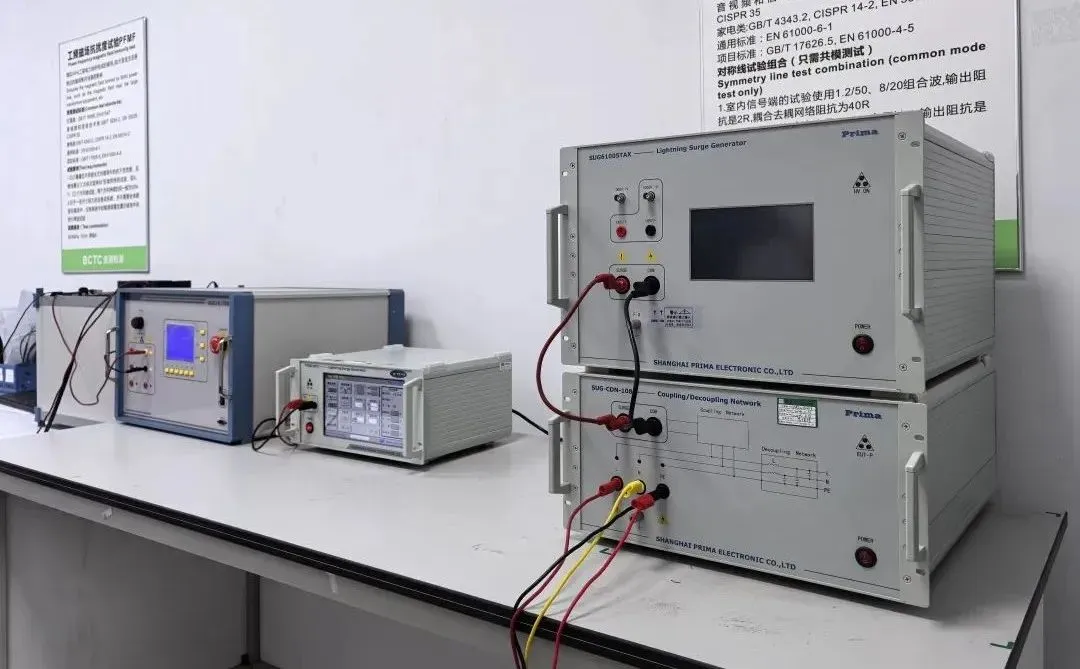 Compliance Guide for Bed Rails on Amazon Australia
Compliance Guide for Bed Rails on Amazon Australia
Leave us a message
24-hour online customer service at any time to respond, so that you worry!




